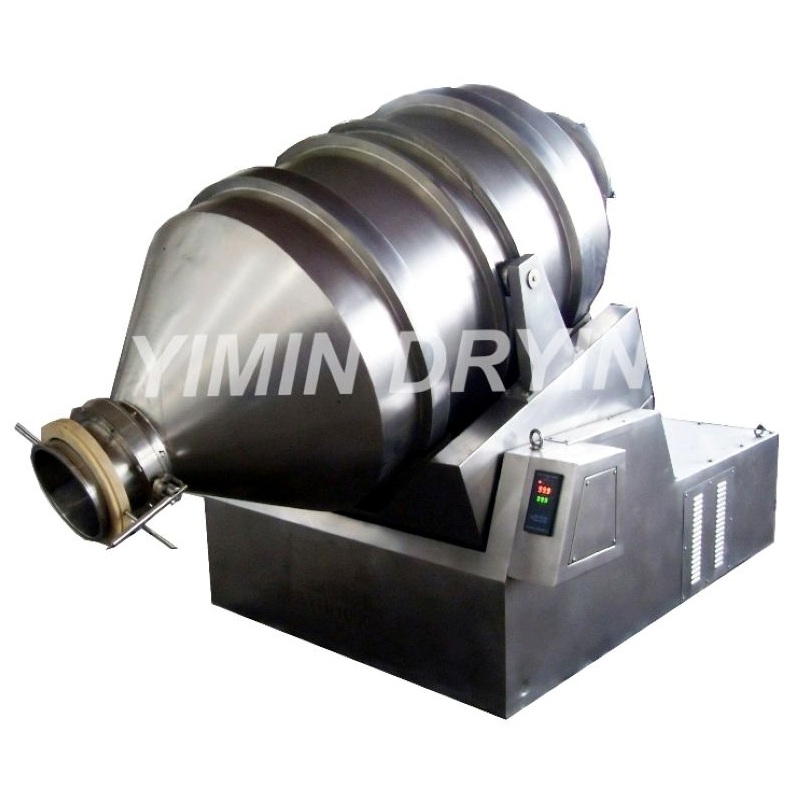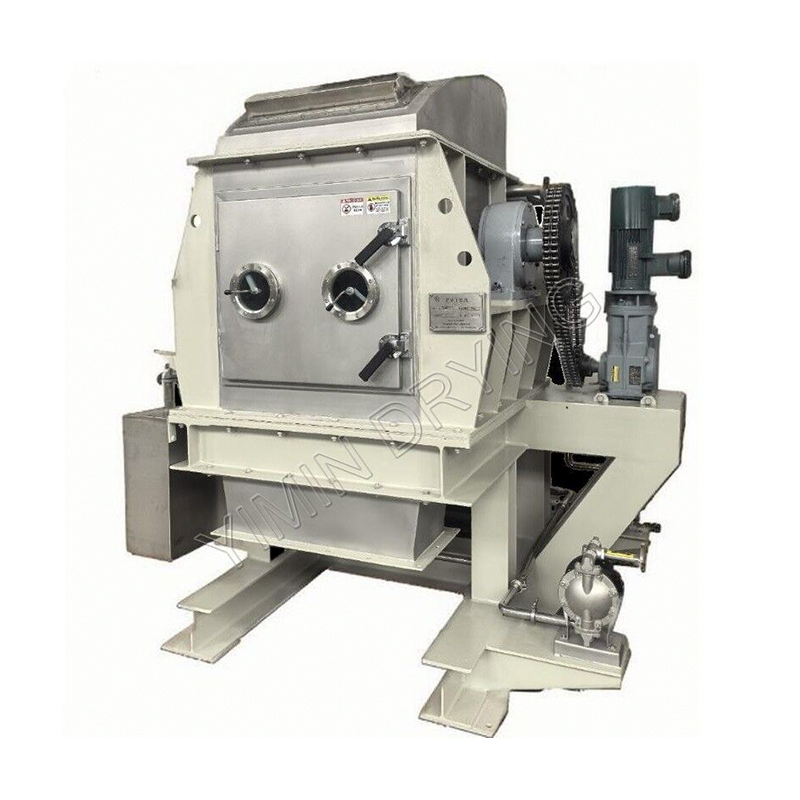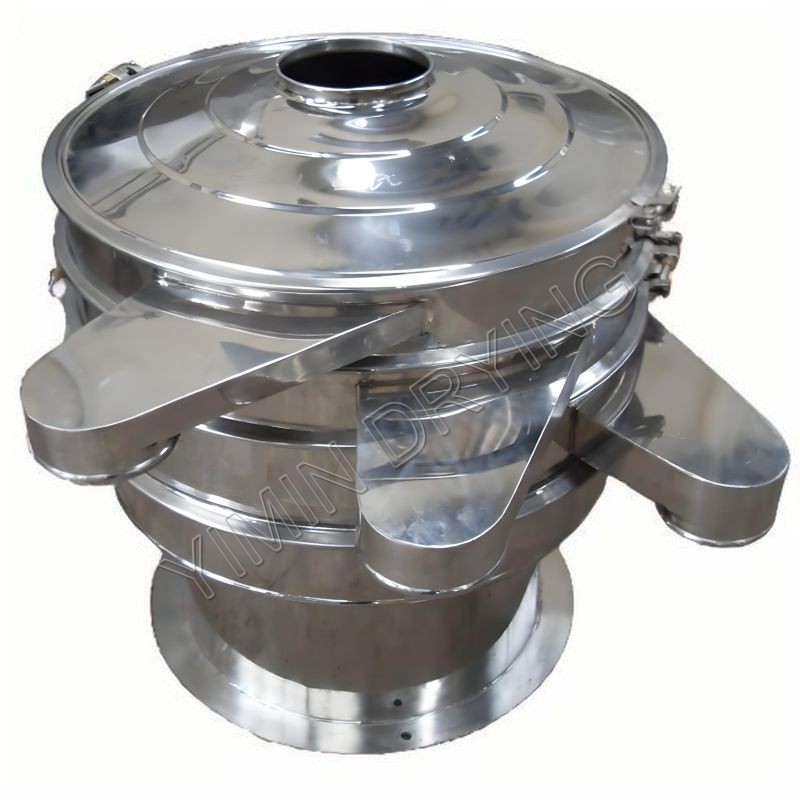What is the best way to blend powders?
Mixing powders effectively can be a tricky business, but with the right approach, you can achieve a consistent and uniform blend. Whether you're working with small batches in a lab or large quantities in an industrial setting, understanding the principles and choosing the right equipment are key.
Understanding the Basics of Powder Mixing
The goal of blending powders is to create a homogeneous mixture where each component is evenly distributed. Several factors can complicate this process, including differences in particle size, density, and shape. For example, smaller, denser particles may tend to settle at the bottom, a phenomenon known as segregation. To combat this, you need a powder blender that introduces sufficient energy to overcome these forces and keep the particles in motion.
Choosing the Right Mixing Equipment
The type of powder mixer you use depends heavily on the scale of your operation and the properties of the powders being blended.
-
Tumble Blenders: These are among the most common types of mixers. They work by rotating a container, causing the powders to tumble over each other. V-blenders and double-cone blenders are classic examples. They're excellent for free-flowing powders and are known for being gentle, minimizing particle breakage. The powder agitator inside these machines is often absent, as the tumbling action itself provides the mixing.
-
Ribbon Blenders: Ideal for larger volumes and for powders that are not free-flowing, ribbon blenders use a rotating agitator with a helical ribbon to move materials from one end of the trough to the other. This creates a powerful convective mixing action. This type of powder agitator is highly effective for blending powders with different densities and for incorporating small amounts of liquids or paste-like ingredients.
-
High-Shear Mixers: When dealing with very fine powders, cohesive materials, or when you need to break up agglomerates, a high-shear powder mixer is the best choice. These machines use a high-speed impeller to create intense mixing and shear forces, ensuring a very fine and uniform blend.
Best Practices for Optimal Blending
No matter which type of equipment you're using, following some best practices will improve your results.
-
Understand Your Materials: Before you start, know the properties of your powders. Are they cohesive or free-flowing? Do they have a wide range of particle sizes or densities? This information will help you choose the right blending equipment and adjust your process.
-
Proper Loading: Overfilling a mixer can inhibit the movement of powders, leading to poor mixing. Most mixers are designed to be filled to a specific capacity (often 50-70%) to allow for adequate material movement.
-
Mixing Time and Speed: The optimal mixing time and speed will depend on your specific powders and equipment. Too little time and you won't achieve a uniform blend; too much time and you risk de-mixing or particle damage. Start with the manufacturer's recommendations and adjust based on the results of your tests.
-
Cleaning and Maintenance: Regular cleaning of your blending equipment is crucial to prevent cross-contamination between batches. Proper maintenance ensures the machine operates efficiently and safely, prolonging its life.
In conclusion, achieving a perfect powder blend is a combination of selecting the right powder blending equipment for your specific application, understanding the properties of your materials, and following best practices. By paying attention to these details, you can consistently produce high-quality, uniform mixtures.



 English
English русский
русский عربى
عربى Türk
Türk





